|
|
|
|
|
|
Latest Updates >
Upcoming Events
|
|
Upcoming Events
|
|
July 01, 2017
|
|
Penang World Heritage
|
| |
Penang, the OLD ReTOLD..
|
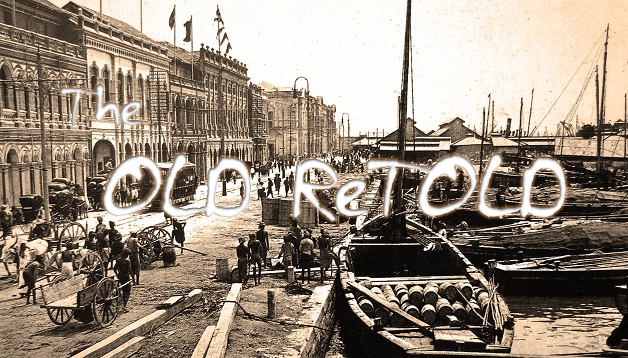
|
| Image: An old image of Weld Quay. |
Penang is like a miniature city of its own. An outpost of trade in an earlier era of globalization, the island leased by the British from the Sultan of Kedah - in an agreement forged by Captain Francis Light of behalf of the East India Company in 1786 - once lay at the eastern extent of Britain's imperial expansion. Briefly the most important of the British Straits Settlements, it eventually ceded distinction to Singapore, which went on to claim an important place of the regional and world stages while Penang lapsed into a prolonged subtropical slumber.
|
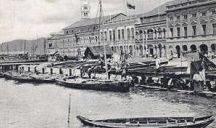 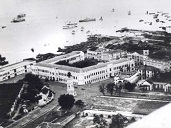 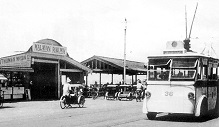 |
| Image : Weld Quay, King Edward's place, Jetty |
In recent years this tiny Malaysian state has powered back into view, its fortunes revived as it transformed itself into Malaysia’s Silicon Valley. Though tourism lagged behind the boom, it is increasingly possible to find chic boutique hotels, the first stirrings of a culinary movement, and enlightened restoration projects that signal the end of Penang’s status as a secret shared only by backpackers and Malaysians who make pilgrimages there for the justifiably famous street food. But you would not necessarily notice these shifts if you happened to arrive by night, taxiing past the shadowed industrial campuses to fetch up in Georgetown beneath the porte cochère of the great white slab cake that is the venerable and deeply anachronistic Eastern & Oriental Hotel. |
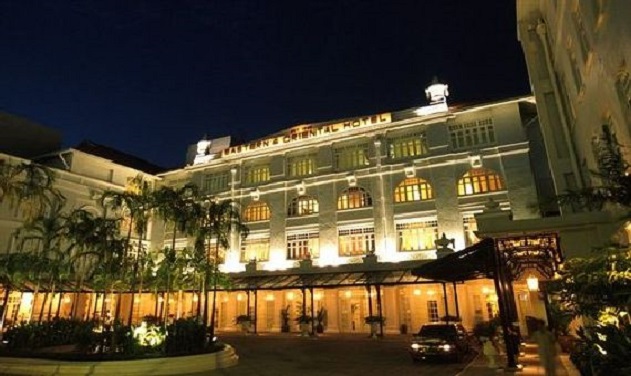 |
| Image: Eastern & Oriental Hotel |
In the days when Penang was still an important port along global shipping lanes—a status predicated on its deep-water harbors and position in the Strait of Malacca—banking thrived there. So did trade of all kinds, most importantly in spices. One version of the origins of Penang’s name holds that it is a Malay (or possibly Tamil) word for betel nut, and starting as early as the 15th century, traders dropped anchor here to buy and sell cloves, nutmeg, star anise, bird’s nest, tin, pepper, and rubber and also, very profitably and for quite a long time, opium.
|
 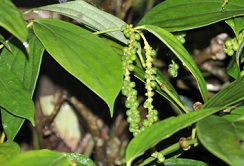  |
| Image: Opium, Pepper leaves, Nutmeg |
Immigrants followed, naturally, in flight from peonage and in pursuit of fortune. By the early 19th century Penang was already a mercantile, shipping, and banking center—the London–based banking powerhouse HSBC opened its first branch there in 1884—and the island’s lieutenant governor, Sir George Leith, could observe that there was probably not “any part of the world where, in so small a space, so many different people are assembled together, or so great a variety of languages spoken.” Immigrants from China, Cambodia, India, Thailand, Bangladesh, Sri Lanka—spiritual cousins of the industrious voyagers from those selfsame places who once arrived by boat in Georgetown and slowly grafted their customs, architecture, language, styles of worship and, equally important, of cooking onto the tidy little hive of a town.
|
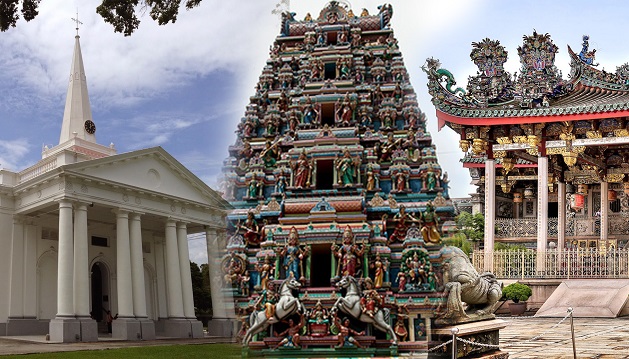 |
| Image: St. George's Church Penang, Sri Mahamariamman Temple, Khoo Kongsi |
In Georgetown, you can walk out on an afternoon and simultaneously hear church bells tolling, chants emerging from a Buddhist temple, a muezzin sounding the call to afternoon prayer. Walking the length of the Jalan Masjid Kapitan Keling, also called Harmony Street, you pass from the austere portico and dome of St. George’s Church, the oldest Anglican church in Southeast Asia, to the bustling, smoke-wreathed Goddess of Mercy Temple and then beyond it to the Sri Maha Mariamman Temple, dedicated to Mariamman, a Hindu goddess linked to fertility and rain with a red complexion that makes her look slightly apoplectic. Follow the street to its end and you are in the walled precincts of the Kapitan Keling Mosque. |
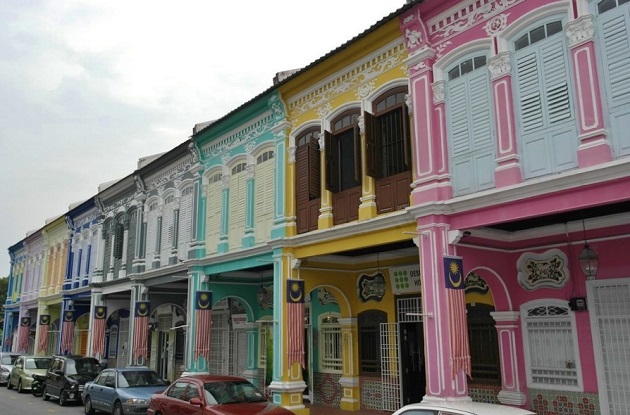 |
| Image: Five Foot Path walkway. |
Still, it is the shop-houses in their jumbled thousands that unify Georgetown, creating a city filled with buildings whose overhanging private upper floors are situated atop public gathering places: cafés, printing presses, laundries, men’s clubs, guesthouses, restaurants. Nearly all of these structures are linked by arcaded pedestrian passages known generically by the term “five-foot way.” Designed to keep the streets clear and to provide shelter and shade from subtropical heat and torrents, the five-foot way is also a kind of continuous corridor, both convenience and proscenium. It is a stage on which the washing, eating, gossiping, idling, and other business of daily life is enacted constantly. Stop at a café for a short break of sweetened iced coffee and you can easily get so caught up in the theater of daily life that, glancing down at your watch, you find 10 minutes has stretched to an hour. The five-foot way is to Georgetown what the piazza is to Rome; and as in Rome you can allow yourself to get lost in a maze of lanes, slipping into the daily flow that W. Somerset Maugham called “the everlasting present.” You can allow yourself to become absorbed by a city that, despite its varied architectural anachronisms and treasures, is no museum and certainly no tomb.
|
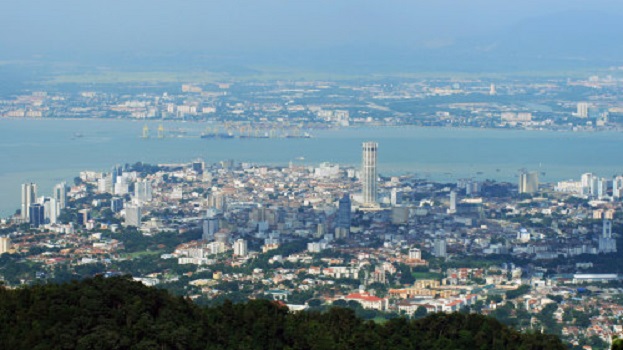
|
Image: Hill view of Georgetown
|
Despite the vast cultural differences and a long history of immigrants entering and exiting Penang for different purposes, it has all contributed to the growth of Penang, adding it into the heritage of Georgetown. Unification of the public has made Penang possible, to live, trade and celebrate together as one under one roof. Many festivals and celebrations soon then began to take place, and everyone is invited to join the fun. In 2008, Georgetown has also been awarded with UNESCO World Heritage Site and the public has always celebrated in on July 7 annually ever since. |
|
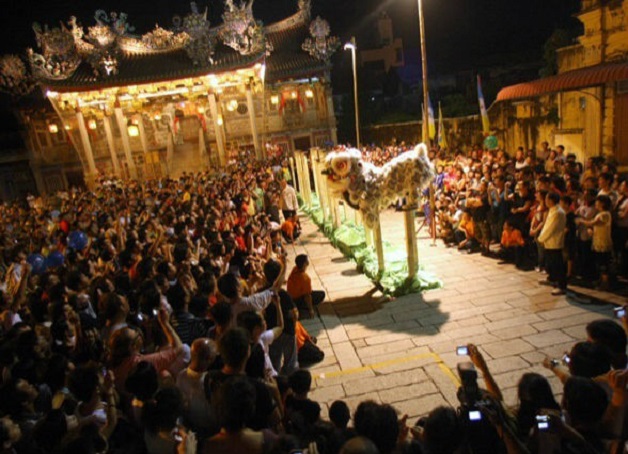
|
| Image: Lion Dance Competition |
Penang has it all, the wonders of food, culture and festivities. Early morning market with exquisite food to late night coupled with authentic festivities, you name it, Penang houses the best of what Asia can offer, don't miss your chance in the month of July.
|
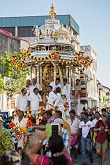 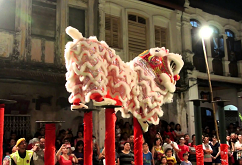 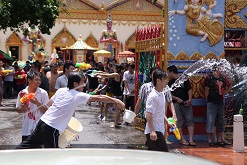
|
| Image: Penang Hindu Festival, Penang World Heritage Day, Penang Songkran |
|
| |
|
|
|